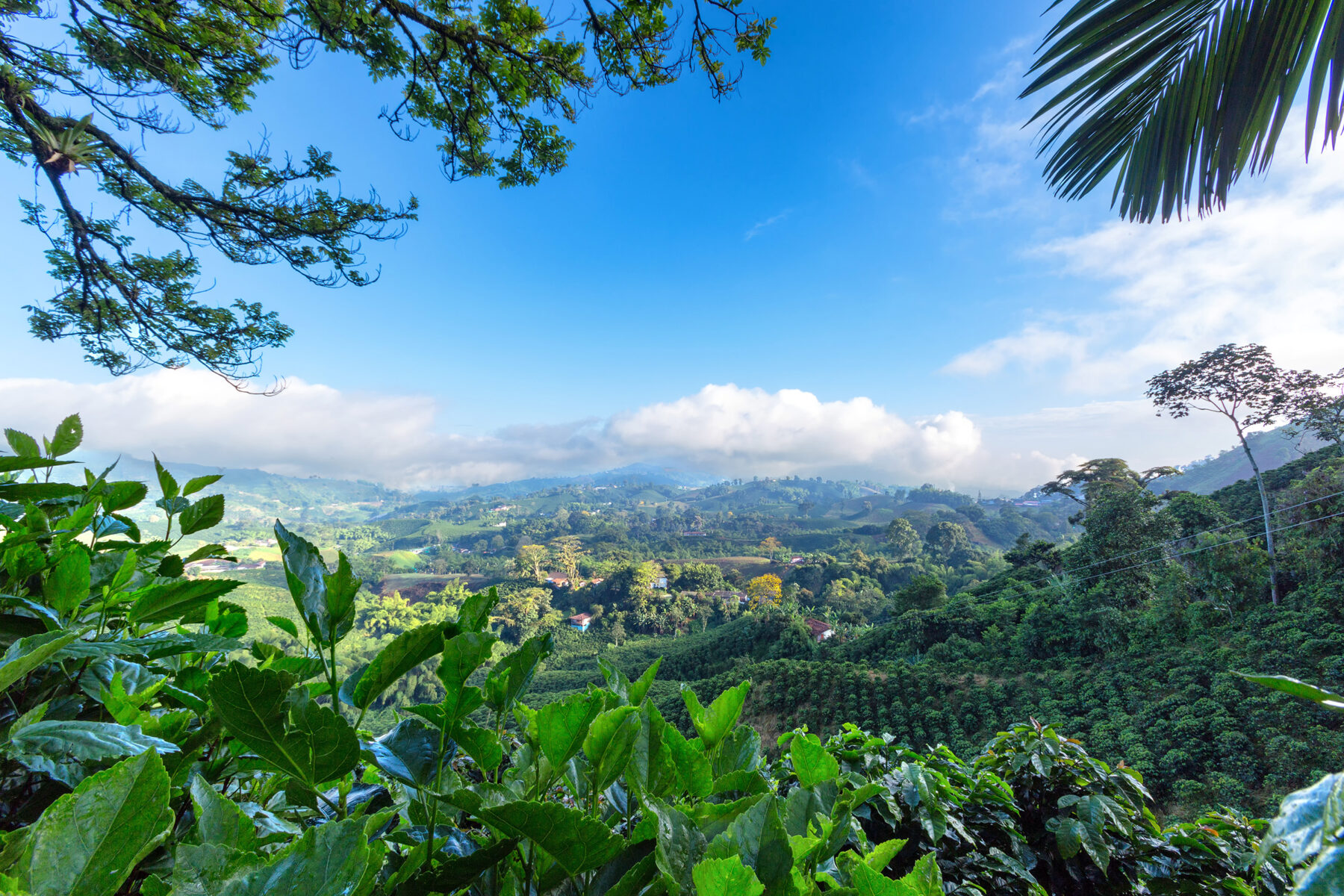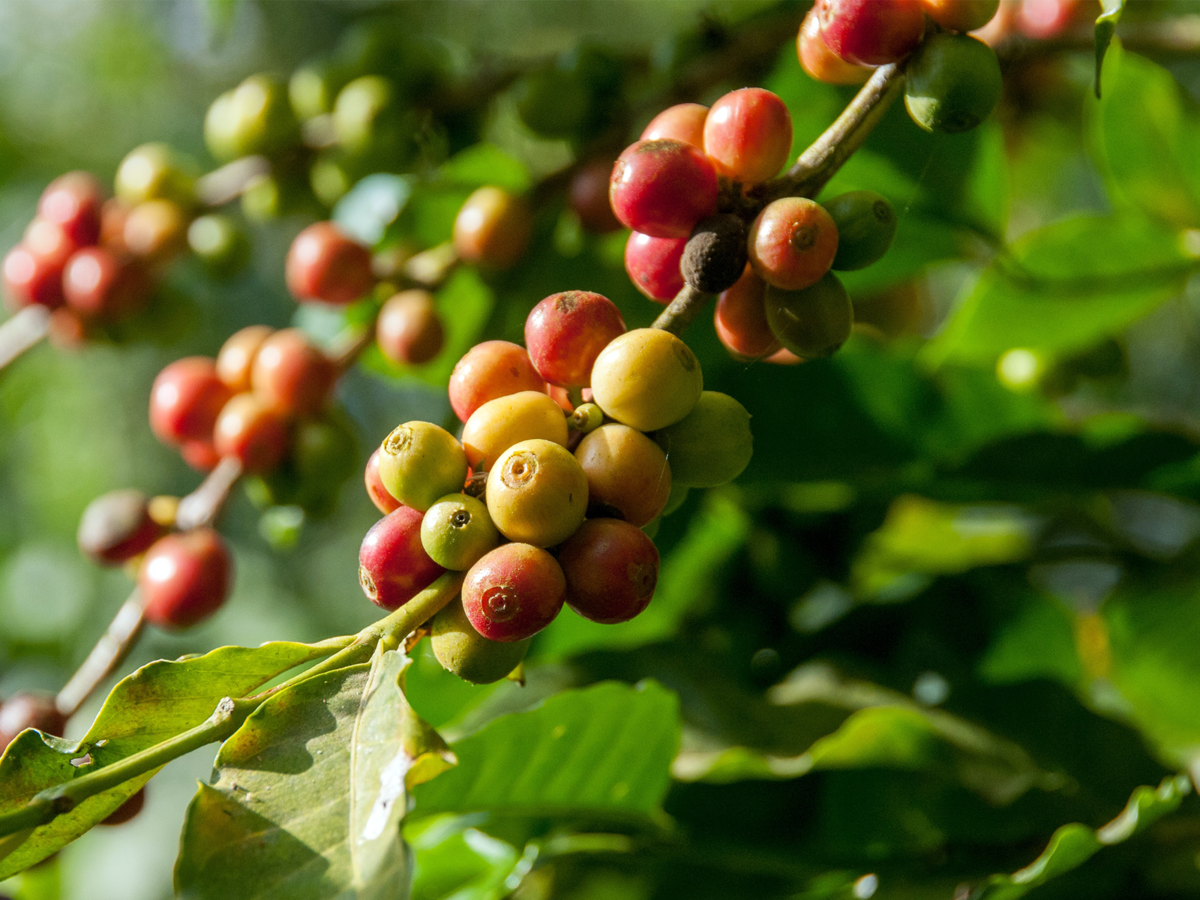
Announcing an offset scheme is a public confession your business lacks a better plan.
Get the latest Audio Articles by subscribing wherever you get your podcasts
You can offset a tonne of carbon dioxide more easily than buying a bag of coffee. Offsetting websites are online shops, it costs just £9 to offset a tonne of CO2e.
A flat white’s carbon footprint is around 250 grams. So, 365 flat whites can be offset for less than a tenner. A bustling coffee shop selling 500 cups per day could offset their annual coffee sales for several thousand pounds. Large coffee businesses benefit from even cheaper rates when offsetting more than 100 tonnes.
But offsetting is fraught with challenge and counting the reduction is tricky. Some schemes are excellent, most are mediocre at best. Plus a regulatory system, designed to ensure quality, is yet to be implemented. On balance, offsetting schemes currently overestimate the benefit and few actually achieve carbon reductions now.
A roadmap for cutting the coffee industry’s footprint
The basics of climate change are simple. The critical task is to cut greenhouse gas emissions as quickly as possible.
For the coffee industry to play its part, let’s propose a two-third reduction by 2040. Such a goal is proportionate to the scale of the challenge, but too ambitious for blind commitment. First, the coffee industry needs to formulate a credible roadmap.
United Baristas is sure it can be done – we are just not certain how. To help make a roadmap, we’ve been piecing together the emissions puzzle. Reductions are found through low-methane dairy, more by using oat milk. Gains can be made by using energy-efficient espresso machines and even more from green electricity. Further work is necessary to investigate the coffee supply chain as well as coffee shops’ food ranges and fit outs.
Pilot study shows how coffee shops can cut their carbon footprint
The emerging picture is that significant reduction is possible. By tackling just milk and espresso machine electricity use, it’s possible to cut a flat white’s carbon footprint to less than 50 grams.

How does coffee get to net zero?
Coffee, as well as other foods, will always have a carbon footprint. The world will never completely eliminate greenhouse gas emissions. Carbon capture and storage is already incorporated into the mathematical models climate scientists use to identify pathways to net zero.
Some of the systems under development aim to capture carbon dioxide when it is produced, think about a gas-fired porcelain factory for example. Other schemes suck carbon dioxide out of the air. Carbon capture and storage technologies are a critical part of the solution. But they will only be useful for mitigating emissions that are either too tricky or too expensive to cut.
The UK net zero strategy assumes 1.5 tonnes of carbon capture and storage is required per person. An average UK resident currently has a carbon footprint of about six tonnes. By 2050, three-quarters of your footprint must be eliminated through a mixture of reducing embodied carbon in the products you consume, lifestyle changes, greener electricity and increased energy efficiency. The remaining quarter – the tricky emissions – will be mitigated with carbon capture and storage.
Carbon capture and storage is an emergent technology and currently expensive. Commercial costs vary between £100 and £400 per tonne of carbon dioxide. These are the systems typically used by corporations, such as the software giant Microsoft and the online payment processor Stripe, to reach their net zero targets. A small business or an individual removing a tonne of carbon dioxide currently pays £900 – a price 100 times greater than offsetting.
A combination of technological development and scaling of existing operations will reduce the cost for carbon capture and storage over time.
There are indicators of the future price. The United States government provides a tax credit of ~ $50 USD per tonne for carbon capture, with the recent Inflation Reduction Act offering credits up to $85 USD per tonne. At the time of publishing the European carbon credit market is at €75 per tonne. The UK government forecasts that carbon capture and storage costs will continue to decrease, but will still be greater than £100 per tonne in 2050.
A small business or an individual removing a tonne of carbon dioxide currently pays £900 – a price 100 times greater than offsetting.
Use the carbon price to identify actions
Identifying the future price of carbon enables coffee businesses to viably reduce their carbon footprints. And it’s another key piece of the emissions cutting puzzle. The current point of utility is in the range £80 to £120 per tonne. If the industry can reduce carbon emissions for less – for example by investing in new plant, procuring products with lower embodied carbon or making operations more efficient – we’ll consider it as part of the roadmap.
But what the coffee industry can’t do is offset emissions and claim to be carbon neutral. That would be factually incorrect. Furthermore, it diminishes our financial resources to actually cut emissions.

How to offset
If you are going to offset emissions, explains Nathalie Seddon of University of Oxford, you should have already done the hard work of developing and implementing a credible, viable and ambitious carbon reduction plan. Offsetting is absolutely not a substitute for carbon reduction.
There are also several criteria for identifying offsetting programmes worth investing in. They should protect and enhance natural ecosystems as these store more carbon than monoculture, such as forestry plantations. Programmes that prevent deforestation or ecosystem degradation and protect native species are more effective. And the investments and the implementation must take place in partnership with the local communities to be enduring and worthwhile.
It seems unfair to call out coffee companies that have embraced offsetting. We assume they had good intent but didn’t know what else to do. However, it’s now clear that the Herculean task of cutting coffee’s carbon footprint is for the industry’s heroes. At least for the time being, offsetting is for the wimps.
What’s your experience of setting?
Does your businesses use carbon offsetting? Let us know, we’re on all the usual channels.
Cut your coffee’s carbon footprint
In less than 10 mins United Baristas founder Tim explains how to cut your coffee’s carbon footprint by 75%.
Further reading and references
- ‘Crazy’ Carbon Offsets Market Prompts Calls for Regulation, Bloomberg, 6 January 2022
- Aiming to be carbon-neutral? Don’t rely on planting trees, scientists say, Reuters, 22 September 2020
- To a Lesser Degree: Going in reverse, To a Lesser Degree, The Economist, 11 October 2021
- UK Net Zero Strategy: Build Back Greener
- Climeworks carbon capture and storage




 Give Coffee If you found this article useful, show your appreciation
Give Coffee If you found this article useful, show your appreciation